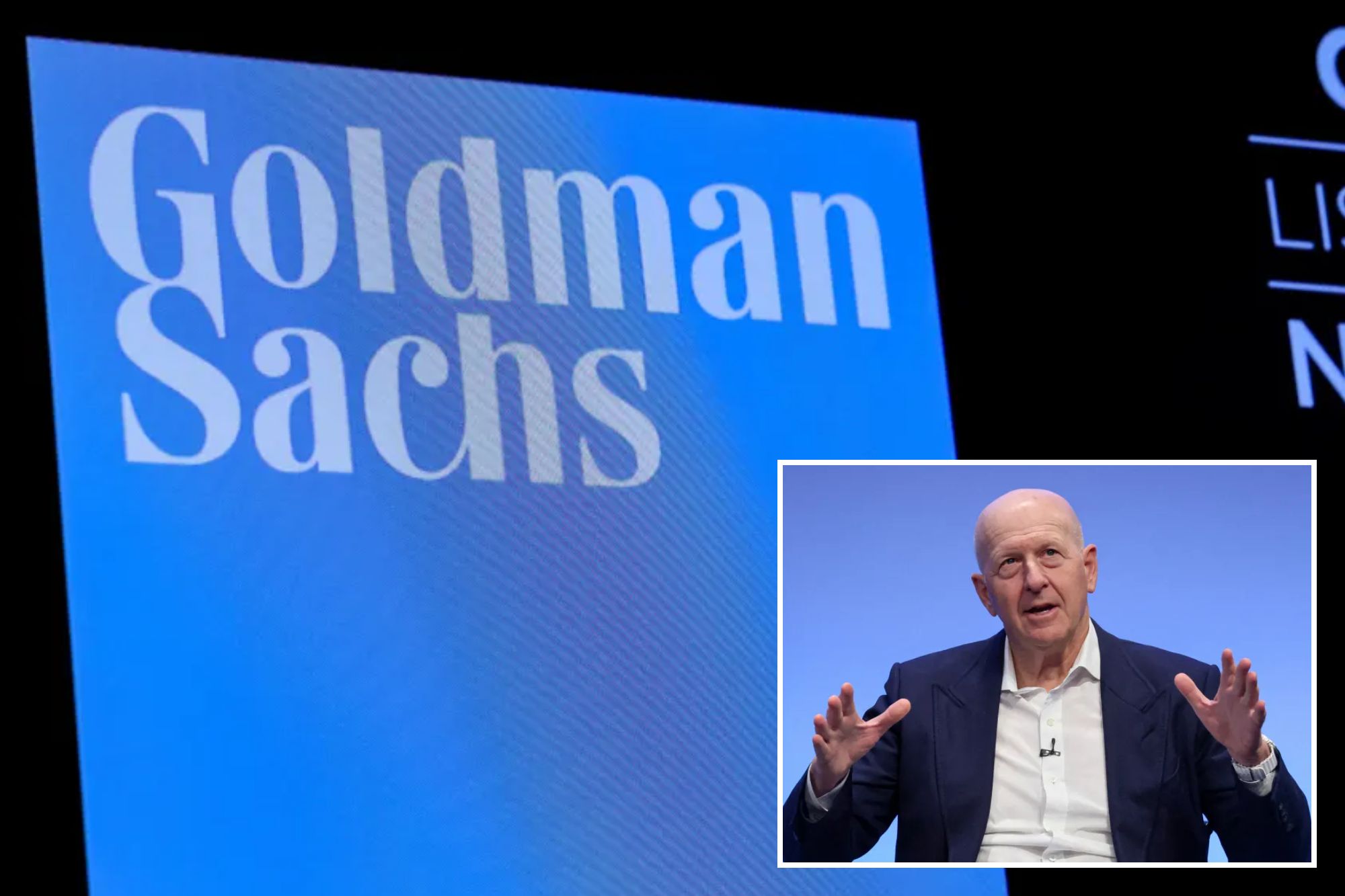
Goldman Sachs recorded a 28% surge in quarterly profits — topping Wall Street’s expectations thanks to surprising strength in the bank’s trading and investment banking operations.
The Wall Street giant said Monday its first quarter earnings jumped to $4.13 billion. Revenue for the three months ended March 31 rose 16% to $14.21 billion, blowing past analysts’ estimates by more than $1 billion.
Goldman’s return on equity, a closely watched metric of profitability for Wall Street banks, surged to 14.8% — nearly double the mere 7.5% returns it posted in 2023, per Bloomberg.
The unexpected jump was attributed to Goldman’s back-to-basics approach on dealmaking as well as its traders, according to Bloomberg.
“Our first quarter results reflect the strength of our world-class and interconnected franchises and the earnings power of Goldman Sachs,” Solomon said. “We continue to execute on our strategy, focusing on our core strengths to serve our clients and deliver for our shareholders.”
Goldman managed to skirt the slowdown that its rival JPMorgan Chase experienced, which chief Jamie Dimon blamed on an “unsettling” global landscape.
Goldman’s equity-trading revenue of $3.31 billion topped expectations despite the bank also incurring a $78 million charge for a special assessment from the Federal Deposit Insurance Corp. stemming from last year’s regional-bank failures.
Fixed-income traders raked in $4.32 billion in revenue that squashing expectations of a decline and were driven by mortgages and structured lending.
Goldman has made an effort to win back investors with a more predictable approach in its money-management unit, Bloomberg reported.
The strategy comes after bank boss David Solomon faced scrutiny for his leadership — including a series of missteps in recent years such as the investment bank’s ill-fated foray into consumer lending as well as its failed credit card partnership with Apple.
Despite the pitfalls, Solomon has touted his staying power at the bank, even dialing back his DJ hobby after the 62-year-old financier was fiercely criticized by insiders and the bank’s board, which had a hard time believing Solomon — or “DJ D-Sol” — could diversify Goldman’s business away from investment banking and trading by day while spinning discs at parties by night.
Since hanging up his headphones last year, Goldman underwent what Solomon called “a year of execution” in 2023 — when the bank also executed one of its biggest rounds of layoffs ever.
After axing 3,200 staffers last January in what was internally dubbed “David’s Demolition Day,” Goldman culled an additional 250 workers by May.
But now, as activity in capital markets ramps up again, analysts are anticipating that Goldman is better positioned to benefit from a rebound — though a complete bounce back isn’t guaranteed, per Bloomberg.
The Federal Reserve’s interest rate-timing still poses the biggest threat to capital-markets activity.
Following news of the Labor Department’s latest 3.5% inflation reading, consensus among traders is that the Fed will now hold off until September before it slashes rates from their current 23-year-high. They are also predicting there will be two cuts of 25 basis points instead of the three that had been projected this year.
Economists at Goldman Sachs, meanwhile, were more optimistic, forecasting the Fed will cut rates from their current 23-year high, between 5.25% and 5.5%, in July and again in November, according to Bloomberg.
The Fed will “need to see the string of three firmer inflation prints from January to March balanced by a longer series of softer prints in subsequent months,” the banking giant’s team of economists led by Jan Hatzius wrote in note.
The persistent inflation, which was supercharged in part by pandemic-era stimulus checks and other government spending, comes despite stocks adding $12 trillion in value since last October.














